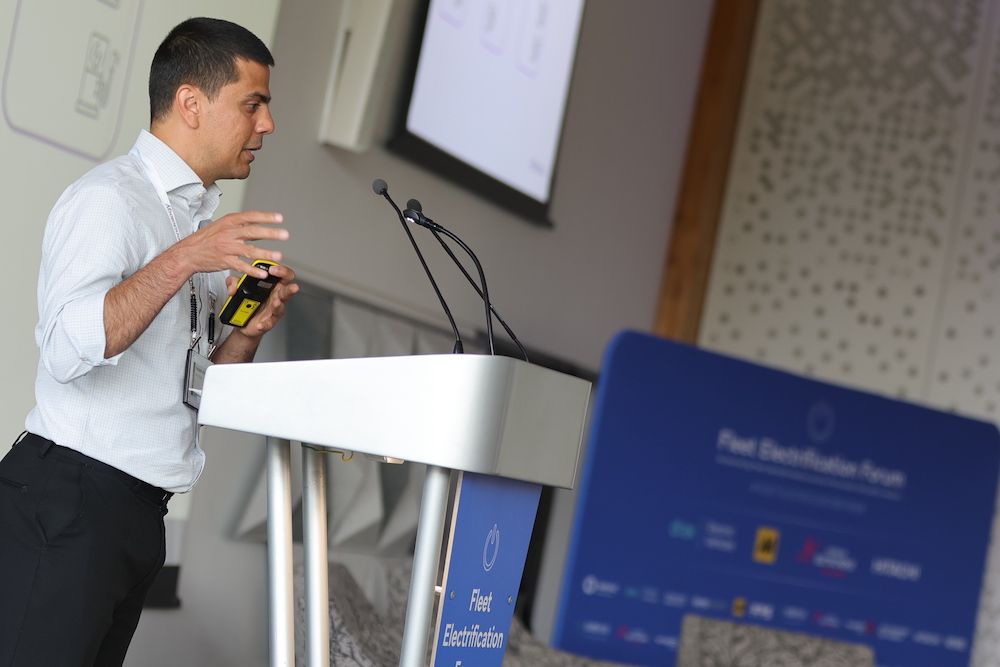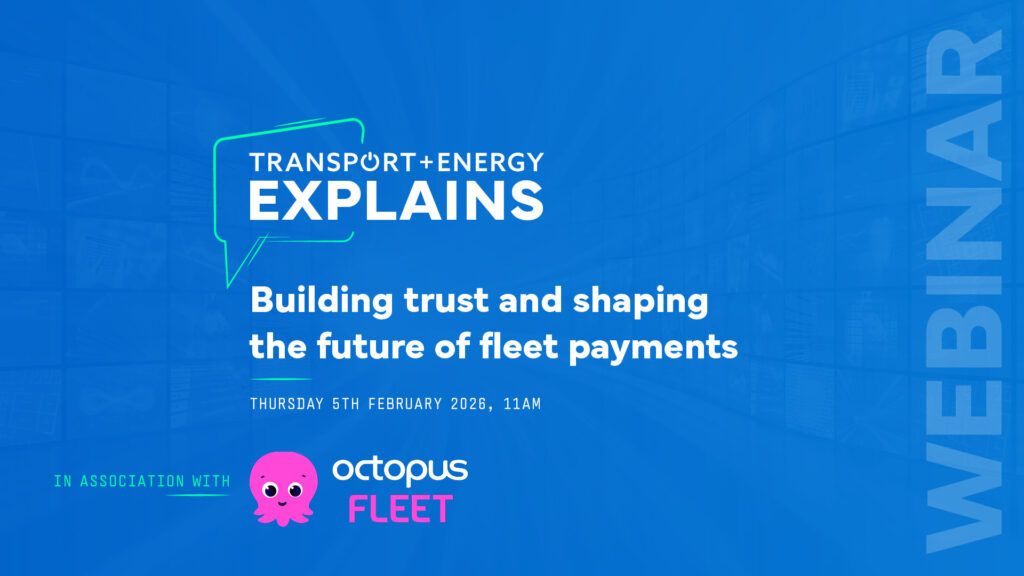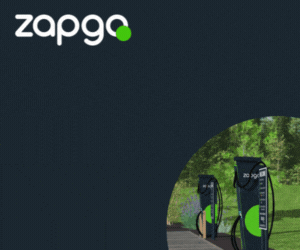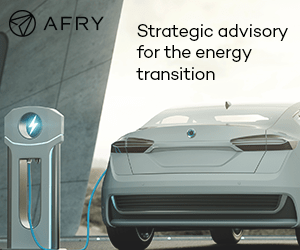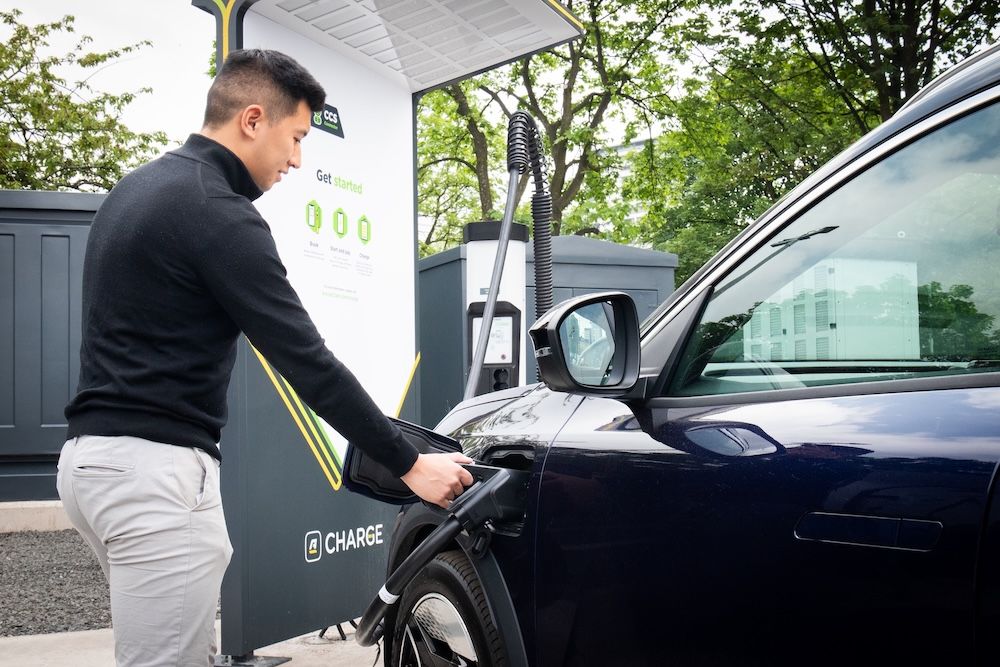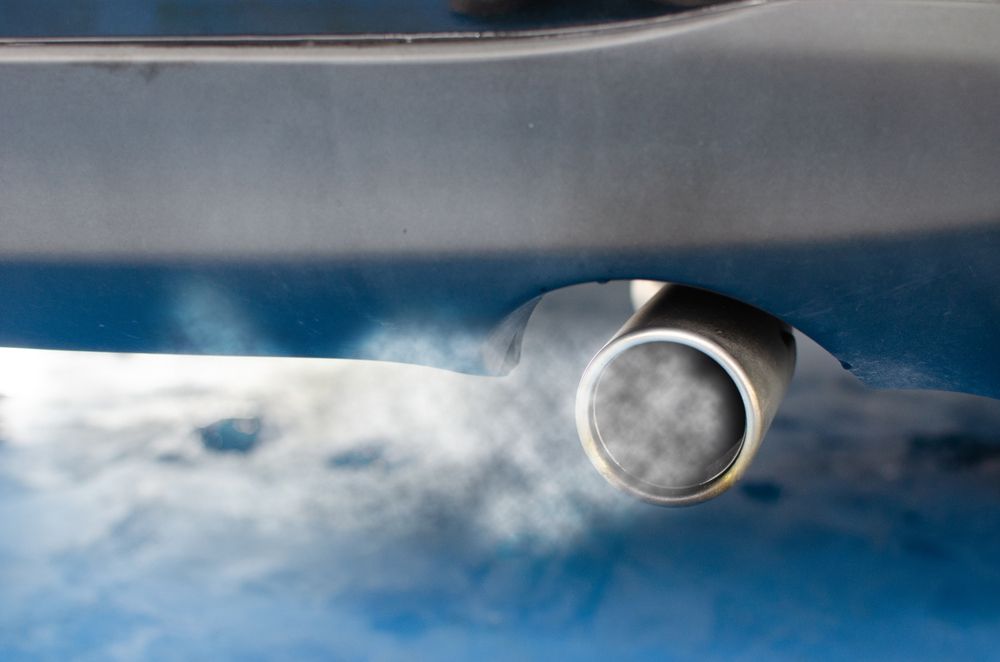Sharing EV charging infrastructure “isn’t a pipe dream” but is “happening now”, First Bus’ Faizan Ahmad has outlined at the Fleet Electrification Forum.
The bus company had 200 electric vehicles (EV) in 2022 and now has more than 1000 EVs, with a “lot of learnings” produced from its shared infrastructure initiative when the firm “went so far, so quickly”.
Ahmad, who announced that First Bus was now calling its shared infrastructure initiative ‘First Charge’, is hoping to work with more fleet operators on sharing its facilities.
When look at rapid charging networks, such as InstaVolt and Gridserve, Ahmad said that with around 1,500 EVs charging daily, we are “the largest charging network you’ve never heard of”.
He said that the company had undertaken a three-pronged approach to sharing its charging infrastructure, which is located at bus depots with rapid chargepoints.
Firstly, there is the ‘inside the fence’ model, with depots offering private spaces with private access, as well as ensuring a company’s health and safety objectives and other relevant standards,
An example of this approach was undertaken by Centrica, which has one of the largest fleets in the country – around 9,000 vans – but without any depots. Therefore the electrification of its fleets created a challenge, with the firm reliant on the public charging network.
First Bus provides a collection of charging locations, using the ‘inside the fence’ model, which enable the firm to be able to charge its fleet nationwide.
Secondly, there is the ‘outside the fence’ approach, where companies could have their own charging infrastructure in depots, but needed upgrade, grid connectivity, and other issue – so move the charging outside the perimeter of the depot.
In this model, First Bus put chargers in car park facilities outside the depot, as a public charging point.
Ahmad revealed that one of the sites of these public charging facilities was in a remote bus depot, which was not near to any localities or services.
He highlighted how there had been a “changing of minds” around public charging, and that “it doesn’t have to be a prime retail experience, you can just be providing the public with facilities by a bus depot”.
Finally, there is the ‘flex the fence’ approach. Ahmad said through “clever property innovations”, and putting up temporary barriers inside the property, “you can make part of it available to the public”.
He explained how at its Glasgow facility, there was a temporary barrier to make charging facilities public during the day, with a physical presence on-site as well.
The general public “absolutely includes fleets”, Ahmad added, and said that was little stress at sites on usage, as “it is not an availability problem, we have 34 points offering ultra-rapid charging, and we are very unlikely to have issues with overcrowding.”
He concluded: “The chargers are there, we are already using them for our buses, it is absolutely a ‘win-win’ for us.
“It is cheaper than installing your own infrastructure to provide access to these facilities at our kind of rates (39p-per-KWh).”



